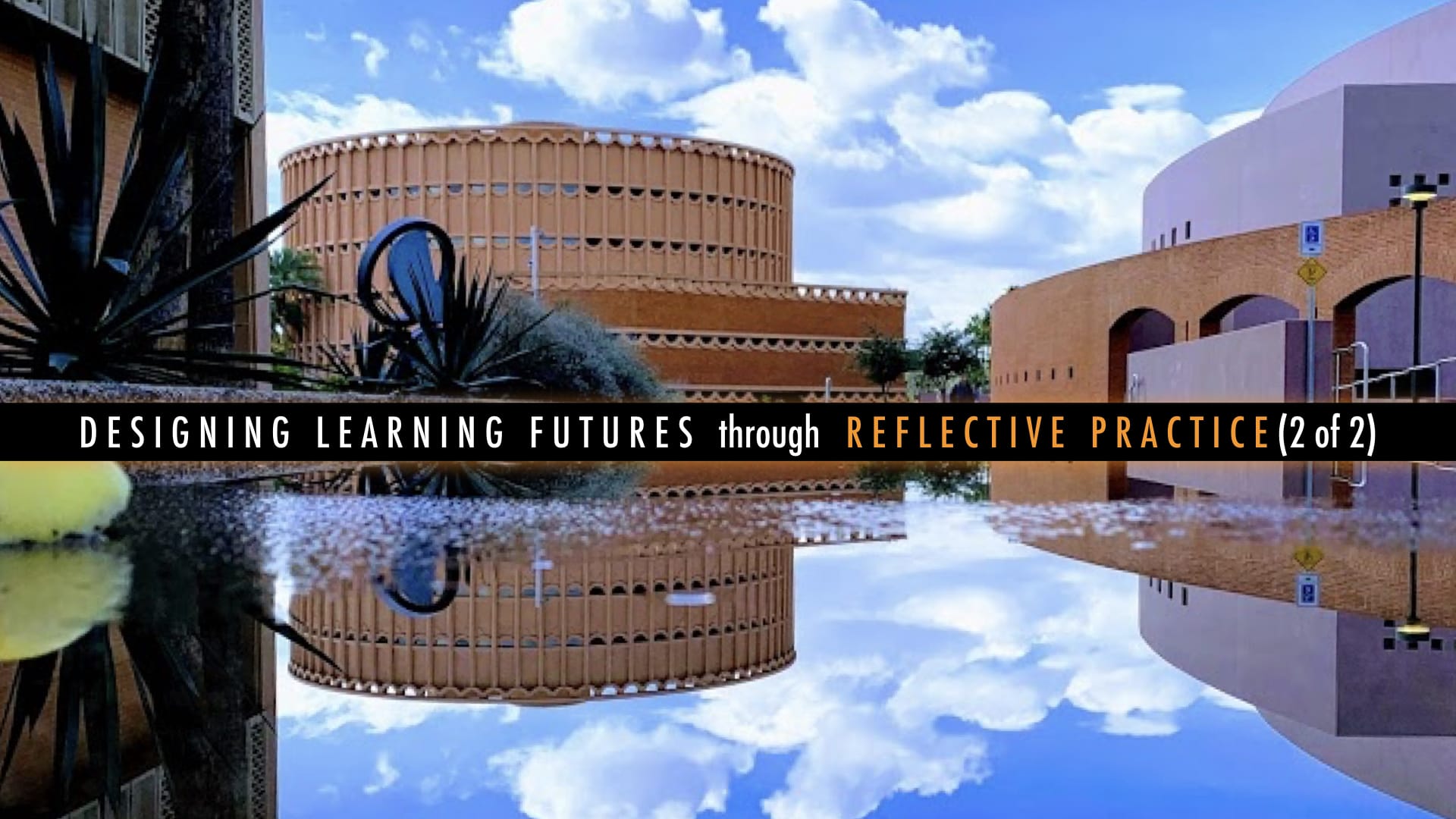Today’s NYTimes story about an economist ranking art by the numbers (see A Textbook Example of Ranking Artworks) bothered me a bit. As the article says, David Galenson’s method is based not on the aesthetic qualities of the artwork but rather on “how frequently an illustration of a work appears in textbooks.” His method is simplicity itself, and I quote: He tallied the number of illustrations of each piece in the 33 textbooks he found that were published between 1990 and 2005, on the assumption that the most important works merited the most illustrations.” By this method he argues that Picasso’s, Les Demoiselles d’Avignon, as being ranked as number 1. There are two main concerns I have about this methodology.
My first concern has to do with the fact that this technique assumes that textbooks (or art or any other discipline for that matter) are written independently of each other, that decisions on what to include (and, as importantly, what to exclude) are made in a relative vacuum. That is just not true. Textbook writers read each other’s work and are often unthinkingly repeated. (I have alluded to a similar phenomenon in scientific illustration in a previous posting, The degradation of Matt). If I am right, then the recurrence of a painting across multiple textbooks is more because of such “copy cat” happenings than the “true value” of a piece of art.
[I don’t have the reference handy but Stephen J. Gould makes a similar argument about how the evolution of the horse has been copied and re-copied in books. In his essay (The Case of the Creeping Fox Terrier Clone) he makes the point that a precursor to the modern horse (Hyracotherium) is often described as being of the size of a fox terrier. There is a mention of this in this wikipedia article on the Hyracotherium).]
[A similar argument about how textbooks often replicate each other can be found in
Levitt, B. & Nass, C. (1989). The lid on the garbage can: Institutional constraints on decision making in the textbook publishing industry. Administrative Science Quarterly, 34(2), 190-207.]
My second concern has to do with the fact that there are many possible reasons why a certain picture or image is used over and over again. These may have to do with copyright and intellectual property issues – making certain images more easily accessible (and others less so). For instance, most people associate the Frank Capra’s movie “It’s a wonderful life” with Christmas. I remember till the early 90’s this movie would show up on multiple TV channels with repeated screenings. As wikipedia says”The film became a perennial holiday favorite in the 1980s, possibly due to its repeated showings each holiday season.”
However, one fine day, the movie vanished from all but one channel – where it shows up once or twice a year. This doesn’t mean that the movie suddenly lost popularity but rather that a long-running court battle over ownership was resolved, making it harder for channels without ownership of the content from screening it. According to Wikipedia, “In 1993, Republic Pictures, which was the successor to NTA, relied on the 1990 U.S. Supreme Court ruling in Stewart v. Abend (which involved another Stewart film, Rear Window) to enforce its claim of copyright. While the film’s copyright had not been renewed, it was a derivative work of various works that were still copyrighted. As a result, the film is no longer shown as much on television (NBC is currently licensed to show the film on U.S. network television, and only shows it traditionally twice during the holidays, with one showing primarily on Christmas Eve from 8-11 Eastern time).”
It seems to me that these two reasons produce some doubt as to whether merely showing up a number of times in textbooks is indicative of the value of a piece of art. I agree with David Galenson when he says, “Important artists are innovators whose work changes the practices of their successors… The greater the changes, the greater the artist.” However, I am not sure his measures truly measure the changes that particular pieces of art have caused.







0 Comments